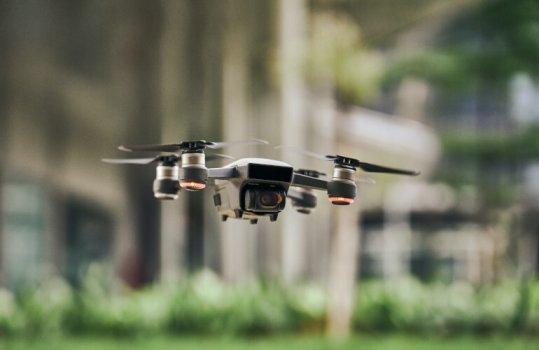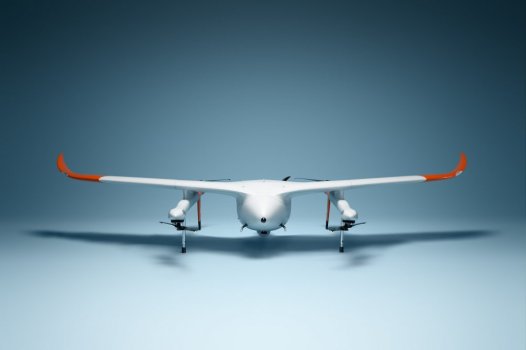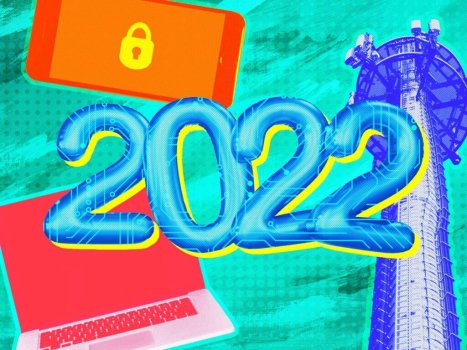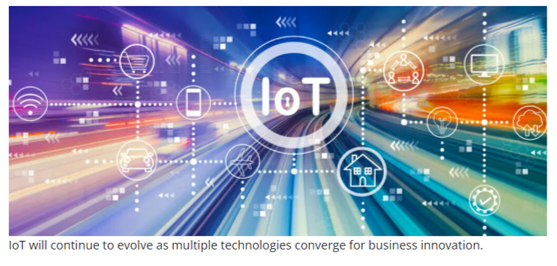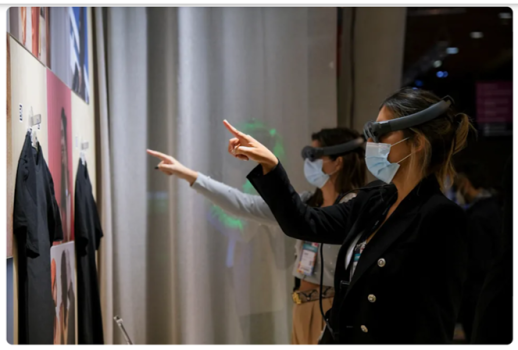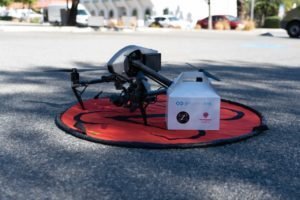What 7 combined decades in tech taught us about perseverance and reinvention
- Technology Workforce
- 0 Replies
Women in the workplace have historically been undervalued and underrepresented. That’s no secret, but it rings especially true in tech. In the United States alone, women make up less than 40% of the global workforce and only fill 25% of professional computing jobs. Furthermore, a new report found that 45% of surveyed women in tech said men outnumber them at work at ratios of 4-to-1 or greater.
Between the two of us, we possess nearly 70 years of experience working in tech(!), and if you ask us to recount our journeys, we’re likely to recall both great and not-so-great memories. For instance, one of us distinctly remembers being told by an eighth grade math teacher that she wasn’t good enough to take algebra. But in a fortuitous act of youthful defiance, she elected to major in math before landing her first post-grad job as a programmer for a NASA contractor. This would go on to launch a thriving, 50+ year career in tech.
A few decades later, the other remembers serving as the only woman on her company’s leadership team, often feeling isolated and alone. Again, defying the status quo, she instead used this as a catalyst to build a platform focusing on advancing women in the workplace, helping to identify and bring more female leaders to the table.
What these stories illustrate — and what the two of us agree about — is this: While many organizations and allies are making a more concentrated effort to help women progress in their careers and thrive in a male-dominated tech world, much of the onus on driving change and making improvements rests squarely on our shoulders as women. Women are resilient, and they are showing a fresh perspective, energy and dedication to ensure they rebound and regain influence, power and capital after being disproportionately affected by the pandemic.
Whether you’re a woman considering a career in tech or a seasoned professional, we all share in this mission and have a role to play in mitigating the gender gap and supporting one another.
Continue reading: https://techcrunch.com/2021/12/29/what-7-combined-decades-in-tech-taught-us-about-perseverance-and-reinvention/
Between the two of us, we possess nearly 70 years of experience working in tech(!), and if you ask us to recount our journeys, we’re likely to recall both great and not-so-great memories. For instance, one of us distinctly remembers being told by an eighth grade math teacher that she wasn’t good enough to take algebra. But in a fortuitous act of youthful defiance, she elected to major in math before landing her first post-grad job as a programmer for a NASA contractor. This would go on to launch a thriving, 50+ year career in tech.
A few decades later, the other remembers serving as the only woman on her company’s leadership team, often feeling isolated and alone. Again, defying the status quo, she instead used this as a catalyst to build a platform focusing on advancing women in the workplace, helping to identify and bring more female leaders to the table.
What these stories illustrate — and what the two of us agree about — is this: While many organizations and allies are making a more concentrated effort to help women progress in their careers and thrive in a male-dominated tech world, much of the onus on driving change and making improvements rests squarely on our shoulders as women. Women are resilient, and they are showing a fresh perspective, energy and dedication to ensure they rebound and regain influence, power and capital after being disproportionately affected by the pandemic.
Whether you’re a woman considering a career in tech or a seasoned professional, we all share in this mission and have a role to play in mitigating the gender gap and supporting one another.
Continue reading: https://techcrunch.com/2021/12/29/what-7-combined-decades-in-tech-taught-us-about-perseverance-and-reinvention/











